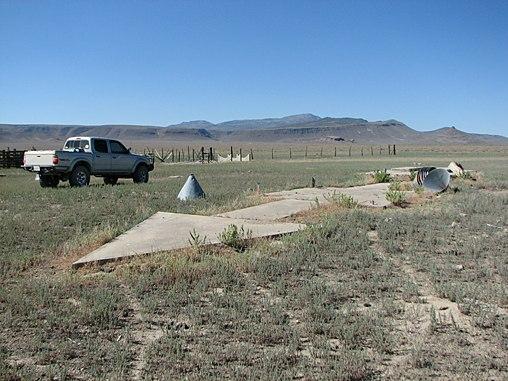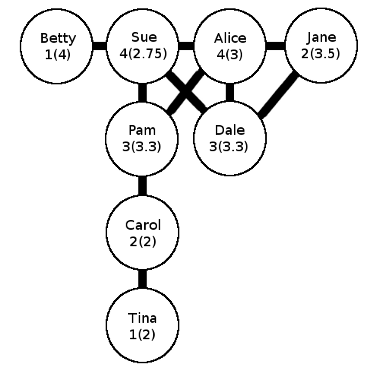We can foresee the development of machinery that will make it possible to consult information in a library automatically. Suppose that you go into the library of the future and wish to look up ways for making biscuits. You will be able to dial into the catalogue machine ‘making biscuits.’ There will be a flutter of movie film in the machine. Soon it will stop, and, in front of you on the screen, will be projected the part of the catalogue which shows the names of three or four books containing recipes for biscuits. If you are satisfied, you will press a button; a copy of what you saw will be made for you and come out of the machine.
After further development, all the pages of all books will be available by machine. Then, when you press the right button, you will be able to get from the machine a copy of the exact recipe for biscuits that you choose.
— Edmund Callis Berkeley, Giant Brains, 1949
He adds, “We are not yet at the end of foreseeable development. There will be a third stage. You will then have in your home an automatic cooking machine operated by program tapes. You will stock it with various supplies, and it will put together and cook whatever dishes you desire. Then, what you will need from the library will be a program or routine on magnetic tape to control your automatic cook. And the library, instead of producing a pictorial copy of the recipe for you to read and apply, will produce a routine on magnetic tape for controlling your cooking machine so that you will actually get excellent biscuits!”




